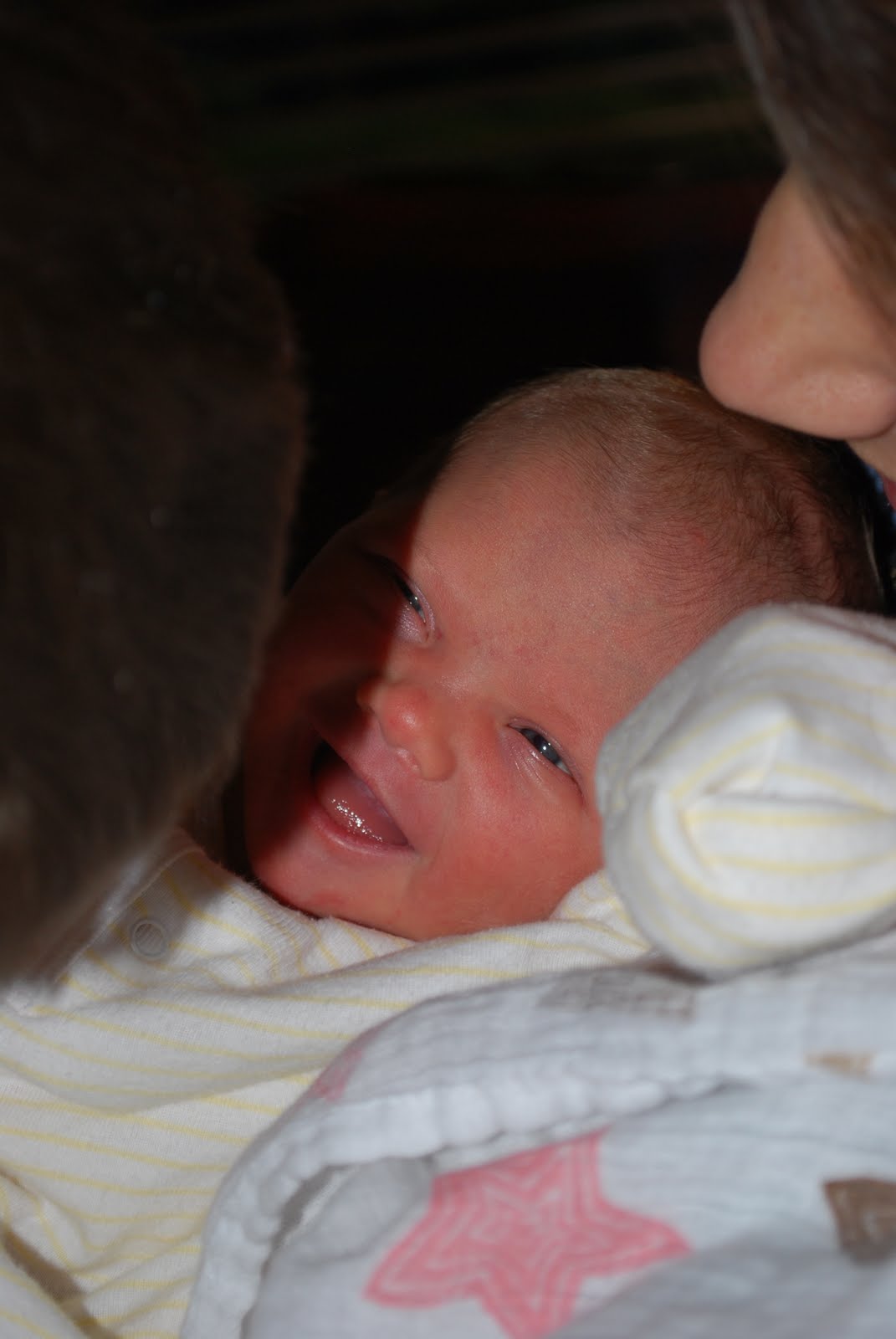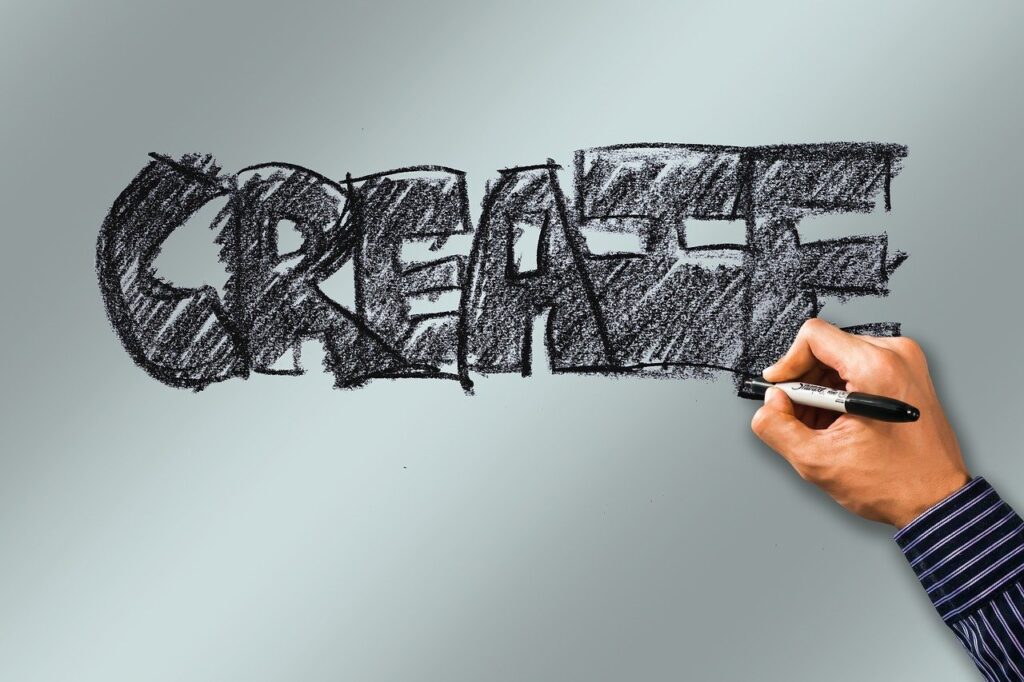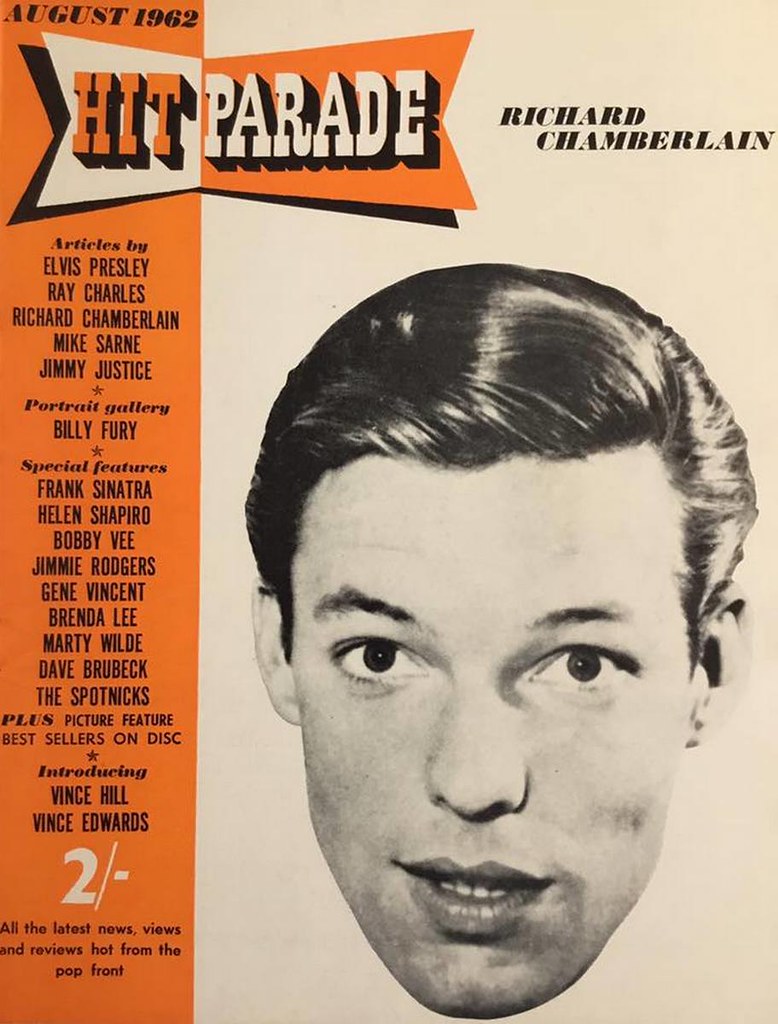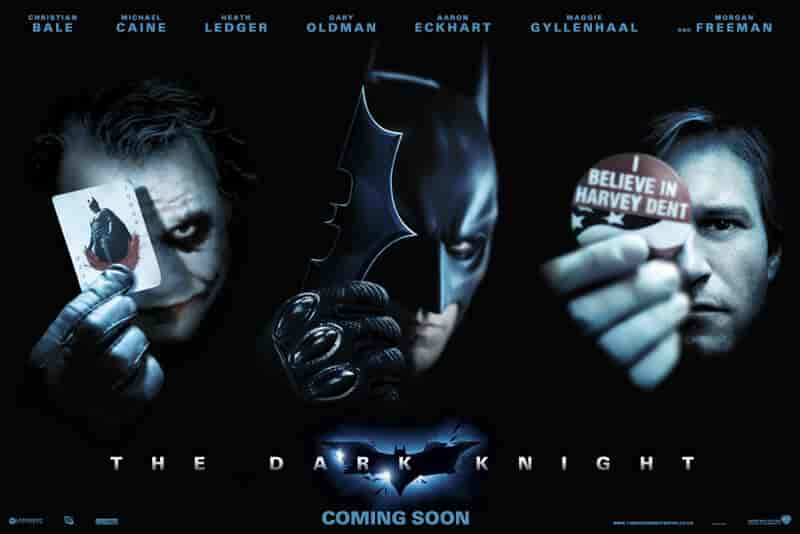The moment you first encounter Todd Haynes’s “Carol,” you’re drawn into a world of exquisite detail, simmering emotions, and a love story that transcends its 1950s New York setting. It’s a film that has captivated audiences and critics alike, not just for its stunning visuals and poignant narrative, but for the sheer dedication and vision that brought it to life.
Like all great stories, “Carol” has a fascinating tale of its own, a journey filled with passion, perseverance, and a deep commitment to an authentic portrayal of human connection. From the quiet intensity of Patricia Highsmith’s original novel to the meticulous craft of its cinematic adaptation, every step of its creation echoes the very human drama it portrays on screen. We’re here to delve into the fascinating elements that made this film not just good, but truly unforgettable.
Join us as we pull back the curtain on the making of this cinematic gem, exploring the creative minds and pivotal decisions that shaped its destiny. We’ll discover the genesis of its story, the hurdles overcome in its development, and the extraordinary talent assembled to craft a movie that continues to resonate deeply with viewers today.

1. **The Novel’s Profound Origins: Patricia Highsmith’s Visionary ‘The Price of Salt’**
At the very heart of the film “Carol” lies Patricia Highsmith’s groundbreaking 1952 romance novel, “The Price of Salt.” This semi-autobiographical work, initially published under the pseudonym “Claire Morgan,” was a radical departure for its time, daring to portray a lesbian love story with a degree of nuance and a lack of moralizing rarely seen. Highsmith’s own publisher, Harper & Brothers, had rejected it, leading to its initial anonymous release, only for it to be republished under her own name, and retitled “Carol,” in 1990.
The genesis of this powerful narrative is as compelling as the story itself. It was inspired by a real-life encounter in 1948, when Highsmith, then a Christmas season salesgirl in the toy department of Bloomingdale’s in New York, met a blonde woman wearing a mink coat named Kathleen Wiggins Senn. That singular interaction sparked an immediate creative impulse, leading Highsmith to pen an eight-page outline that very evening, a seed that would eventually blossom into the full novel by 1951.
While the character of Therese Belivet was openly based on Highsmith herself, the enigmatic Carol Aird drew inspiration from Senn, yet her template was further enriched by Highsmith’s relationships with two former lovers: Philadelphia socialite Virginia Kent Catherwood and psychoanalyst Kathryn Hamill Cohen. Catherwood’s tragic experience of losing custody of her daughter in a high-profile divorce, which infamously involved secret tape recordings of her and her female lover, provided a deeply personal and painful backdrop that would find its way into Carol’s fictional struggles, imbuing the story with profound emotional depth and real-world consequences.
2. **Phyllis Nagy’s Screenplay Adaptation: A Decade of Dedicated Craft**
The arduous but ultimately rewarding task of adapting Highsmith’s novel fell to playwright Phyllis Nagy. Nagy, a friend of Highsmith, wrote the first draft of the screenplay in 1997, embarking on a journey that would span nearly two decades. Highsmith herself had expressed reservations about the novel’s cinematic potential, citing its “intense, subjective point of view,” which made Nagy’s commitment to preserving its essence even more crucial.
Nagy felt a profound sense of responsibility to ensure the adaptation’s fidelity to the source material, remarking, “I felt a strange responsibility to take it, and to make sure that it wasn’t screwed up in some fundamental way, because she so disliked many of the screen adaptations of her work.” Her dedication extended to embracing Highsmith’s radical ideas: “What still strikes me now [about the novel], is how radical it was in terms of its overall conception—two central figures not giving a rat’s ass about ual identity. No one frets about being gay; others fret on their behalf.” She also championed Highsmith’s “quite radical” notions of what makes a good mother, highlighting the complex choices individuals make for their children’s well-being.
One of the most significant challenges Nagy faced was not the characters’ homouality, but simply the fact that “Having two women leads was the issue.” She steadfastly resisted suggestions that Carol or Therese “should feel guilty about being gay and suffer some kind of breakdown scene about it,” determined to maintain the novel’s lack of “psychologizing about Carol and Therese’s sexual attraction.” Nagy also intentionally set the adaptation several years later, positioning it against “the dawn of the Eisenhower administration and the rise of HUAC,” adding a layer of historical context to the characters’ struggles.
To translate the novel’s subjective narrative, Nagy made brilliant structural innovations. She split the point of view and shifted perspectives from Therese to Carol, always keeping the camera on “the more vulnerable party.” A particularly inspired change was making Therese a photographer instead of a set designer, allowing her “to be seen moving from objects to people,” a progression Nagy likened to Highsmith herself. She drew from her personal knowledge of Highsmith for Therese, describing a line, “I started taking pictures of people because my friend says I have to be more interested in humans,” as the epitome of the author’s ability “to step outside of life and comment on it before participating in it.” For Carol, Nagy found inspiration in Grace Kelly’s character in “Rear Window,” and allowed herself “freedom in inventing a life for [Carol], for whom, basically, we knew the outline of what was going on.”

3. **Navigating “Development Hell”: A Testament to Unwavering Perseverance**
The journey of bringing “Carol” to the screen was an extraordinary test of endurance, marked by what industry insiders affectionately call “development hell.” From the moment Phyllis Nagy penned the first draft of the screenplay in 1997, the project faced a relentless onslaught of obstacles including problems with financing, securing rights, scheduling conflicts, and general accessibility. This prolonged struggle speaks volumes about the challenges faced by unique and boundary-pushing narratives in the film industry.
One of the most revealing aspects of this lengthy delay was the explicit resistance from potential investors and studios. Nagy candidly noted that the core issue was not the characters’ homouality, but fundamentally that “Having two women leads was the issue.” This barrier highlights a prevalent trepidation within the industry at the time, underscoring the risk perceived in financing films that defied conventional male-centric narratives, particularly those centered on same-sex relationships. Nagy observed a contrast with other “agenda or issue driven” lesbian or gay movies that found financing, whereas “Carol” insisted on not being overtly political, which ironically made it harder to fund.
Over more than a decade, the project saw a revolving door of directors and investors, including notable names like Hettie MacDonald, Kenneth Branagh, Kimberly Peirce, John Maybury, and Stephen Frears. Each iteration brought hope, only for the project to stall again due to the compounding difficulties. This period of uncertainty and near-abandonment is a stark reminder of the fragile nature of independent filmmaking and the persistent need for champions who believe in a story’s intrinsic value, regardless of perceived market risks.
Throughout these trying years, British company Film4 Productions and its then-chief executive Tessa Ross played an instrumental role, financing the development of the film and effectively keeping its flame alive. Their unwavering commitment to Nagy’s vision, even when the project seemed destined for the shelf, was absolutely crucial. Without their consistent support, it’s highly probable that “Carol” might never have escaped the labyrinth of development hell and graced the silver screen.
4. **Todd Haynes’s Visionary Direction: A Master of Subtext and Restraint**
When director Todd Haynes came on board in 2013, after years of the project languishing, it marked a pivotal turning point for “Carol.” His collaboration with Phyllis Nagy was seamless, fueled by a shared understanding of the delicate balance required for the story. Haynes immediately connected with the screenplay, drawing inspiration from the 1945 classic film “Brief Encounter” for the framing device that would structure “Carol” – a subtle, poignant technique that Nagy then expanded upon.
Haynes and Nagy shared a deeply aligned sensibility, committed to telling the story through “something almost entirely subtextual,” a brave choice in an industry often demanding overt explanation. Nagy noted that their collaboration demanded “bravery and a resistance to over-explication,” allowing the unspoken emotions and glances to carry the profound weight of the narrative. Both were determined that “Carol” should not be “an agenda film” or a “look how far we’ve come” film, but rather a timeless exploration of love’s universal power.
Haynes articulated the universal theme at the core of the story, explaining that “the real determining question is not whether society will accept [Therese’s] feelings or not; it’s, will this person return her love or not?” This perspective transcends specific contexts, making the film’s emotional impact resonate with anyone who has experienced the vulnerability and intensity of falling in love. His involvement was deeply motivated by this universal truth, along with the story’s historical and social context, and the prospect of collaborating once again with Cate Blanchett.
Haynes is celebrated for his meticulous visual storytelling, and “Carol” is a prime example of his artistry. He drew heavily from the postwar color photography of artists like Ruth Orkin, Esther Bubley, Helen Levitt, and Vivian Maier, as well as the abstract photography of Saul Leiter, to craft the film’s distinct look. This rich visual tapestry was designed to depict a “dirty and sagging” New York, capturing the gritty realism beneath the era’s glossy surface. Costume designer Sandy Powell described working with Haynes as collaborating with someone “super visual, super prepared” who would provide detailed “look books” of compiled images, showcasing his almost “OCD” approach in the best possible way.

5. **The Perfect Pair: Cate Blanchett and Rooney Mara Embodying ‘Carol’ and Therese**
Central to the film’s undeniable magic were the extraordinary performances of Cate Blanchett as Carol Aird and Rooney Mara as Therese Belivet. Blanchett’s involvement with the project was remarkably long-standing; she had been attached for “a long time” and even served as an executive producer through her company, Dirty Films. Her early commitment was instrumental in keeping the project viable and attracting further talent, demonstrating her profound belief in the story’s power.
Rooney Mara’s journey to the role of Therese, however, was a little more circuitous. She had initially been offered the part after completing her intense work on the 2011 film “The Girl With the Dragon Tattoo” but, feeling exhausted and unconfident, she turned it down. It was only when Todd Haynes came on board that Mara, now in “a much different head space,” found herself in a position where signing on was “a no-brainer.” This serendipitous timing brought together the perfect duo for these complex characters.
The collaboration between Haynes, Blanchett, and Mara during rehearsals proved to be crucial in refining the film’s unique tone. They collectively realized that certain lines of dialogue should be cut, a decision Haynes described as the “stylistic practice that we all took throughout the creative departments.” This thoughtful pruning stemmed from a deep understanding that “words and dialogue were never carrying the weight of the story”; instead, the unspoken glances, gestures, and simmering subtext would convey the profound emotional landscape between Carol and Therese. Their synergy ensured that the film spoke volumes without saying too much.
6. **The Ensemble and Artisans: Crafting the Immersive World of “Carol”**
Beyond its luminous leads, “Carol” was brought to life by a meticulously chosen ensemble cast and a supremely talented behind-the-scenes crew, each contributing to the film’s rich, immersive atmosphere. The casting of pivotal supporting roles further solidified the film’s dramatic weight. Sarah Paulson stepped into the role of Abby Gerhard, Carol’s close friend and former lover, bringing a nuanced portrayal to a character deeply entangled in Carol’s past. Kyle Chandler was cast as Harge Aird, Carol’s estranged husband, portraying the complex antagonist who uses societal norms to wield power over her.
The world of “Carol” was also populated by other compelling characters, each adding texture to the narrative. Cory Michael Smith portrayed Tommy Tucker, the deceptively innocuous traveling salesman who turns out to be a private investigator, a chilling reminder of the surveillance faced by gay individuals in the era. Jake Lacy played Richard Semco, Therese’s well-meaning but ultimately incompatible boyfriend, representing the conventional path Therese is expected to follow. John Magaro appeared as Dannie, a friend who offers Therese a glimpse into a different world, and Carrie Brownstein joined the cast as Genevieve Cantrell, enriching the ensemble with her presence.
Integral to the film’s distinctive aesthetic and emotional resonance were the contributions of its expert creative team. Carter Burwell was entrusted with composing the musical score, creating a soundscape that perfectly complemented the film’s period setting and its underlying emotional currents. Furthermore, Edward Lachman, a frequent collaborator with Todd Haynes, served as director of photography. His keen eye and established artistic synergy with Haynes were critical in translating the director’s visual vision to the screen, ensuring every frame was a work of art.
Lachman’s deliberate choice to shoot “Carol” on Super 16 mm film, while utilizing 35 mm format lenses, was a key technical decision that profoundly impacted the film’s look. This choice imbued the visuals with a certain graininess and texture, evoking the authentic feel of the 1950s and aligning seamlessly with Haynes’s desire for a “dirty and sagging” New York rather than a pristine, idealized version. This careful attention to detail, from casting to cinematography, collectively built the authentic and deeply moving world that audiences experienced.
Now that we’ve journeyed through the incredible genesis and creative forces behind ‘Carol,’ it’s time to dive deeper into the artistry that truly brought this cinematic masterpiece to life. From the intricate details of its production to the profound themes it explores and the lasting legacy it has forged, ‘Carol’ is a film that continues to speak volumes, enchanting audiences and critics with its beauty and bravery.
7. **Filming the 1950s: From Cincinnati to Super 16mm**
Bringing 1950s New York to the screen was no small feat, and surprisingly, the production found its perfect setting not in the Big Apple itself, but in Cincinnati, Ohio. The team discovered that shooting in New York City would be prohibitively expensive, and finding authentic 1950s locations there was a genuine challenge. However, Cincinnati offered an unexpected advantage: the city hadn’t drastically changed over the decades, making it a perfect stand-in, especially with Ohio boasting some of the best film tax incentives in the U.S.
The city of Cincinnati truly rolled out the red carpet for the production, accommodating their every need and even welcoming many locals onto the crew. Principal photography officially kicked off on March 12, 2014, and lasted a swift 34 days, capturing the essence of the era across various Cincinnati locales. From Downtown to Hyde Park, Over-the-Rhine, Wyoming, Cheviot, and Hamilton, with even a detour to Alexandria, Kentucky, the city became a vibrant backdrop for Carol and Therese’s unfolding story.
One charming detail from the filming process involves a now-defunct department store whose second floor was transformed into the bustling toy department of the fictional Frankenberg’s, where Carol and Therese first meet. Most locations served dual purposes, used for both interior and exterior shots, creating a seamless, authentic world, with the notable exception of a private set built just for the intimate love scene in a Waterloo, Iowa, motel room. Cinematographer Edward Lachman, a frequent collaborator with Todd Haynes, made the artistic choice to shoot ‘Carol’ on Super 16 mm film, while cleverly utilizing 35 mm format lenses. This technical decision was key to achieving the film’s distinct look, imbuing the visuals with a certain graininess and texture that perfectly evoked the authentic feel of the 1950s, aligning beautifully with Haynes’s vision for a “dirty and sagging” New York rather than an idealized, glossy one.
8. **The Art of Editing: Shaping ‘Carol’s’ Emotional Resonance in Post-Production**
Once the cameras stopped rolling, the magic continued in post-production, a meticulous seven-month process in New York that truly shaped ‘Carol’ into the nuanced film we know. Todd Haynes was deeply involved in every step of the editing journey, working hand-in-hand with the talented editor Affonso Gonçalves. Their collaboration was crucial in finessing the delicate balance of unspoken emotions and carefully composed imagery that defines the film.
Visual effects (VFX) played a surprisingly vital role, though subtly, to ensure historical accuracy. Modern elements had to be carefully removed from backgrounds, with six “key shots” requiring extensive VFX work. Moving shots, especially when filtered through windows, rain, or dust, presented particular challenges, as Haynes explained that the CGI details “had to fit exactly into the vernacular itself, with the grain element and level of distress.” The digital intermediate process was also skillfully employed to achieve the film’s signature “very specific, slightly spoiled palette,” further enhancing its period authenticity and emotional depth.
Haynes dedicated five and a half weeks to making detailed notes on Gonçalves’s initial assembly edit, ultimately producing his director’s cut within an impressive four weeks. The producers then offered their insights, and a few test screenings with friends and acquaintances provided valuable feedback. The moment of truth arrived when they showed the final cut to Harvey Weinstein, who was reportedly impressed and gave it his enthusiastic endorsement, a significant stamp of approval for the independent production.
It’s always fascinating to learn about the scenes that don’t make the final cut, and ‘Carol’ had its share. Carrie Brownstein, for instance, mentioned that most of her scenes were left out, and Sarah Paulson revealed that a key scene between Abby and Therese, along with some dialogue from a scene with Carol, had also been cut. Even Rooney Mara shared that an intimate scene between Therese and Richard was deleted. Gonçalves revealed that the initial cut clocked in at a substantial two and a half hours, eventually trimmed to the final 118 minutes. Haynes clarified that these cuts were never due to poor execution, but rather a necessary “paring-down process” that all movies undergo to achieve their perfect rhythm and focus.

9. **Exploring Motherhood: Carol’s Choices and Societal Pressures**
Beyond the breathtaking romance, ‘Carol’ delves deeply into the theme of motherhood, a critical and often heartbreaking aspect of Carol Aird’s story. Her profound struggle to balance her passionate connection with Therese and her unwavering love for her daughter, Rindy, forms the emotional core of her battle. In the rigid societal norms of the 1950s, Carol’s ual orientation unfairly jeopardized her ability to be seen as a fit mother, a stark reflection of the era’s prejudices.
During her agonizing custody battle with Harge, Carol’s homouality is weaponized against her, used as a “morality clause” to threaten her with the loss of Rindy. This cruel societal judgment forces her to make an impossible choice: either live authentically as herself or fulfill her role as a mother under oppressive conditions. Cate Blanchett, with incredible insight, described Carol’s ultimate decision as a “choice based on her own survival,” emphasizing that Carol wasn’t seeking sympathy, but rather striving for self-preservation and the chance to live her truth, however painful the cost.
The film bravely shines a light on how non-heteroual mothers were, and often still are, ignored or undervalued by society. Academic scholar Jenny M. James insightfully notes that “the novel’s fantasy of lesbian romance relies on Carol’s loss of maternal custody and the subsequent erasure of her experience as a queer mother.” This speaks to the profound sacrifice Carol makes; to live true to her deepest self, she must relinquish full custody of her daughter, starkly illustrating the tough, often devastating, challenges faced by homosexual mothers in a judgmental world.
Ultimately, ‘Carol’ challenges traditional ideas of motherhood by portraying the agonizing choices an individual might be forced to make. Carol’s love for both Rindy and Therese, vibrant and undeniable, cannot coexist within the confines of her world, highlighting the immense social challenges and impossible binds faced by lesbian mothers in an era that refused to acknowledge or support their identities and desires.
10. **Lesbian Identity: Navigating Love in a Hostile 1950s Society**
The theme of lesbian identity is equally central and powerfully portrayed in ‘Carol,’ depicting the tender yet defiant relationship between Carol and Therese in a profoundly unaccepting era. Set against the backdrop of the 1950s, the film unflinchingly illustrates the immense struggles homoual women faced when same-sex relationships were not only condemned but often considered illegal. Carol and Therese’s love story courageously challenges conventional norms as they navigate a social order deeply hostile to their connection.
A truly important aspect of ‘Carol’s’ portrayal of lesbians is its deliberate avoidance of tired stereotypes. You won’t find “the stereotypical butch lesbians or the y lesbians or…the background character” here. Instead, the film offers a genuine, deeply felt connection between two women, notably without any male interference or judgment, a portrayal that was, and still often is, uncommon in cinema. This refreshing authenticity allows the audience to truly connect with their humanity.
Naturally, in a time of such profound disapproval, prohibition and secrecy are heavily emphasized throughout the narrative. The relationship between Carol and Therese must be hidden, creating a palpable tension that underscores the danger they face. Their connection often “looks repressed,” eloquently illustrating the social expectations and limitations of the period. Therese is even gently instructed by Carol to keep their love a secret from others, a poignant reflection of the necessity for lesbian individuals to engage in “closeted public behaviours” as a survival mechanism in a homophobic society.
The film also explores the compelling idea of escape. Carol and Therese embark on a road trip, a hopeful quest for freedom from the oppressive rules and suffocating scrutiny of New Jersey and New York. Yet, they soon discover that the open road doesn’t offer the complete relief they longed for. As the context explains, “The wide-open spaces of the West offer liberation from subjugation, while at the same time these spaces result in hypervisibility and, ironically, alternate iterations of the closet.” The omnipresent detective, Tommy Tucker, following them throughout their journey, serves as a chilling reminder that they are still very much under watchful, judgmental eyes.
‘Carol’ further illuminates how homoual women were effectively treated as criminals during this period. “The Price of Salt,” the groundbreaking novel on which the screenplay is based, was penned at a time when lesbian relationships were explicitly viewed as illegal. The film bravely addresses love in this context, unflinchingly exploring the profound consequences and constant threat faced by individuals who dared to love outside the prescribed norms of 1950s America.

11. **Critical Acclaim and Festival Triumphs: A Cinematic Phenomenon**
From its very first showing, ‘Carol’ captivated audiences and critics, cementing its status as a cinematic phenomenon. At its international press screening and premiere at the Cannes Film Festival, the film received a remarkable ten-minute standing ovation. Critics were effusive in their praise, lauding Todd Haynes’s masterful direction, the mesmerizing performances from Cate Blanchett and Rooney Mara, the exquisite cinematography, the stunning costumes, and the evocative musical score, instantly marking it as a strong contender for a coveted Cannes award.
The widespread acclaim for ‘Carol’ is undeniable. On the review aggregator Rotten Tomatoes, the film proudly holds an impressive 94% rating based on reviews from 320 critics, with an outstanding average rating of 8.60/10. The site’s critical consensus perfectly encapsulates its impact: “Shaped by Todd Haynes’ deft direction and powered by a strong cast led by Cate Blanchett and Rooney Mara, Carol lives up to its groundbreaking source material.” This consensus isn’t just a statement; it’s a testament, earning ‘Carol’ the distinction of being named the best-reviewed romance film of 2015 in Rotten Tomatoes’ annual Golden Tomato Awards.
Over on Metacritic, the film scores an exceptional 94 out of 100, based on 45 reviews, signaling “universal acclaim” and earning it the prestigious designation of a Metacritic “Must-See” movie. This overwhelming positive reception positioned ‘Carol’ as the best-reviewed film of 2015, a truly remarkable achievement in a competitive year for cinema. Critics globally shared this admiration, with Kate Stables from *Sight & Sound* noting its “elegant restraint” and how “each shot and scene is carefully composed… yet infused with an emotional ambiguity.” Kenneth Turan of the *Los Angeles Times* called it “a serious melodrama about the geometry of desire… filmmaking done by masters, an experience to savor.”
A. O. Scott from *The New York Times* beautifully described ‘Carol’ as “at once ardent and analytical, cerebral and swooning… a symphony of angles and glances, of colors and shadows.” Amy Taubin in *Film Comment* highlighted its “deceptively simple” narrative and how it “seems to exist entirely in the present moment… a film composed of gestures and glances.” David Stratton of *The Australian* was particularly moved by the “electrifying scene” of their first meeting, calling it “love at first sight.” Geoffrey Macnab of *The Independent* commended its “subtle, moving and deceptive story” and how Haynes “is laying bare the tensions in a society that refuses to acknowledge ‘difference’ of any sort.”
The film’s accolades poured in. It competed for the highly esteemed Palme d’Or at Cannes, and Rooney Mara tied with Emmanuelle Bercot for the Best Actress award, a significant early triumph. ‘Carol’ garnered nominations for an incredible six Academy Awards, nine BAFTA Awards, and five Golden Globe Awards, underscoring its widespread critical recognition. Beyond nominations, it won five Dorian Awards and prestigious accolades from the New York Film Critics Circle, Los Angeles Film Critics Association, and the National Society of Film Critics, solidifying its place as one of the year’s most celebrated films.
Read more about: Still Shining Bright: A ‘Then and Now’ Look at 12 Beloved Stars Who Defined the 1970s
12. **Box Office Success and Enduring Legacy: A Lasting Cultural Impact**
While ‘Carol’ undoubtedly soared with critical acclaim, it also found a strong connection with audiences, translating into a respectable box office performance that allowed its powerful story to reach a broad viewership. Against a budget of $11.8 million, the film grossed over $42 million worldwide, a solid success for an independent drama. It saw varied release patterns, with its UK opening earning a strong £540,632 (around $812,000) from 206 screens, ranking seventh in the top ten films that weekend. In the United States, after a strategically limited release, it expanded significantly, eventually reaching over 520 locations.
The film’s initial U.S. run started in just four theaters – two in New York and two in Los Angeles – and its opening weekend brought in $253,510, boasting an impressive per-theater average of $63,378, which was the third-largest of 2015. This “robust” average continued in its second weekend, demonstrating strong word-of-mouth. As it gradually expanded from four to 16, then 180, and finally over 520 locations, ‘Carol’ steadily built its audience, reaching a milestone of $5 million in the United States by its seventh weekend, showcasing a dedicated following eager to experience its poignant narrative.
The journey of ‘Carol’ didn’t end in theaters. It became available for digital download in March 2016, followed swiftly by its release on DVD, Blu-ray, and video on demand. These home media versions included engaging bonus features like a behind-the-scenes gallery and Q&A interviews with the cast and filmmakers, allowing fans to delve deeper into the making of the film. Sales figures showed a strong performance, with the DVD and Blu-ray ranking high in pre-order and retail charts, eventually totaling $2.2 million in sales across the U.S. and Canada. The film also found new life on streaming platforms, premiering on premium cable channel Showtime and later becoming available on Netflix, ensuring its accessibility to an even wider audience.
Beyond the numbers, ‘Carol’ has etched an indelible mark on cinematic history and cultural discourse, especially within the LGBTQ+ community. Its enduring legacy is perhaps best encapsulated by two monumental recognitions: the British Film Institute ranked ‘Carol’ as the best LGBTQ film of all time, a testament to its groundbreaking portrayal and emotional depth. Furthermore, the BBC named it one of the greatest films of the 21st Century, solidifying its position not just as a significant LGBTQ+ film, but as a universally acclaimed masterpiece that continues to resonate, inspire, and challenge perceptions, proving that genuine love stories, authentically told, truly stand the test of time.
Read more about: Marilyn Monroe: Unpacking the Life, Career, and Enduring Iconography of a Hollywood Legend at 81
As we conclude our deep dive into the making and lasting impact of ‘Carol,’ it’s clear that this isn’t just a film; it’s a testament to the power of unwavering artistic vision, courageous storytelling, and performances that breathe life into deeply human experiences. From Patricia Highsmith’s initial spark of inspiration to Todd Haynes’s meticulous direction and the unforgettable chemistry of Cate Blanchett and Rooney Mara, every element converged to create something truly special. ‘Carol’ reminds us that love, in all its forms, is a force that transcends societal barriers, leaving an enduring mark on our hearts and minds. It’s a beautiful, honest look at finding connection when the world tells you not to, and its magic continues to unfold with every viewing. Truly, a cinematic treasure that will be cherished for generations to come.











